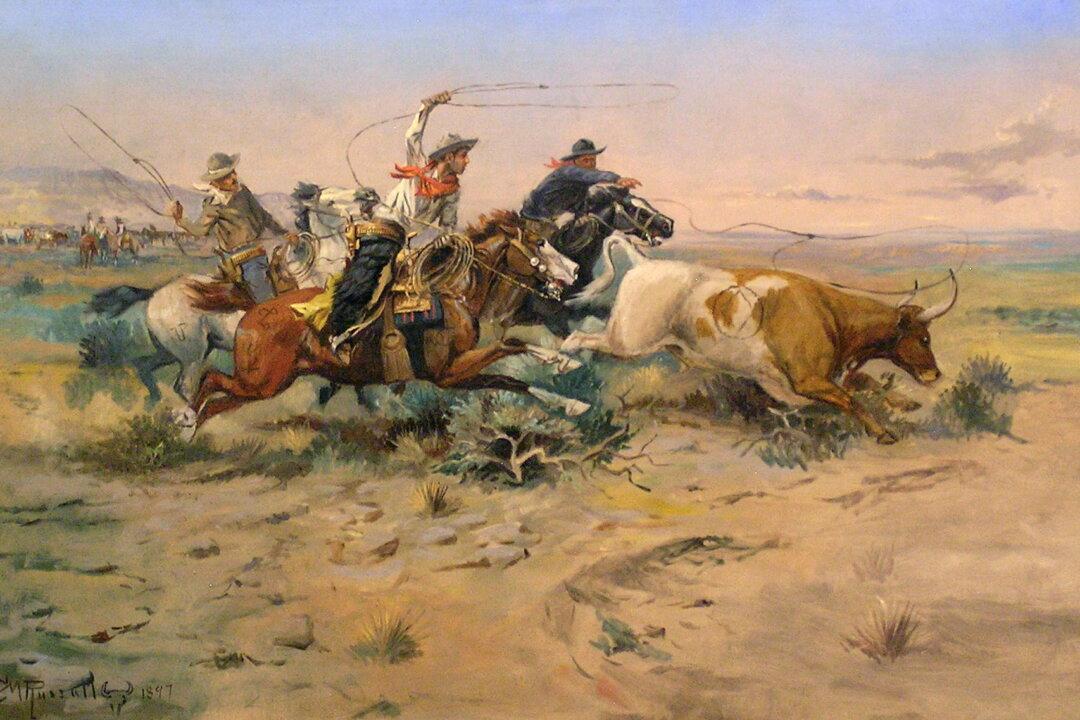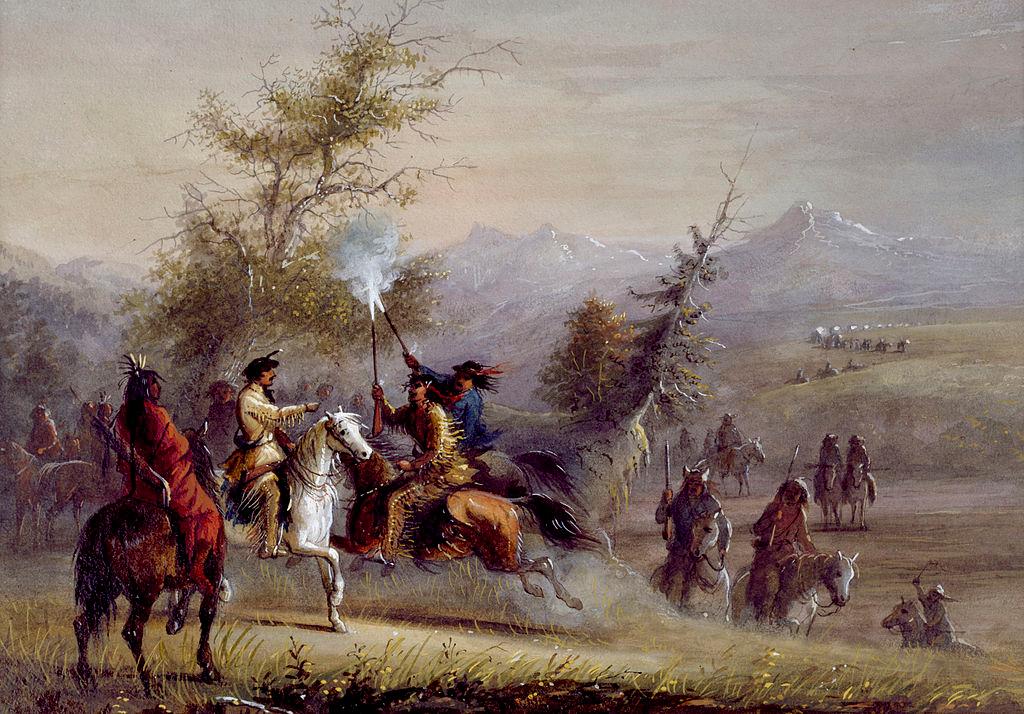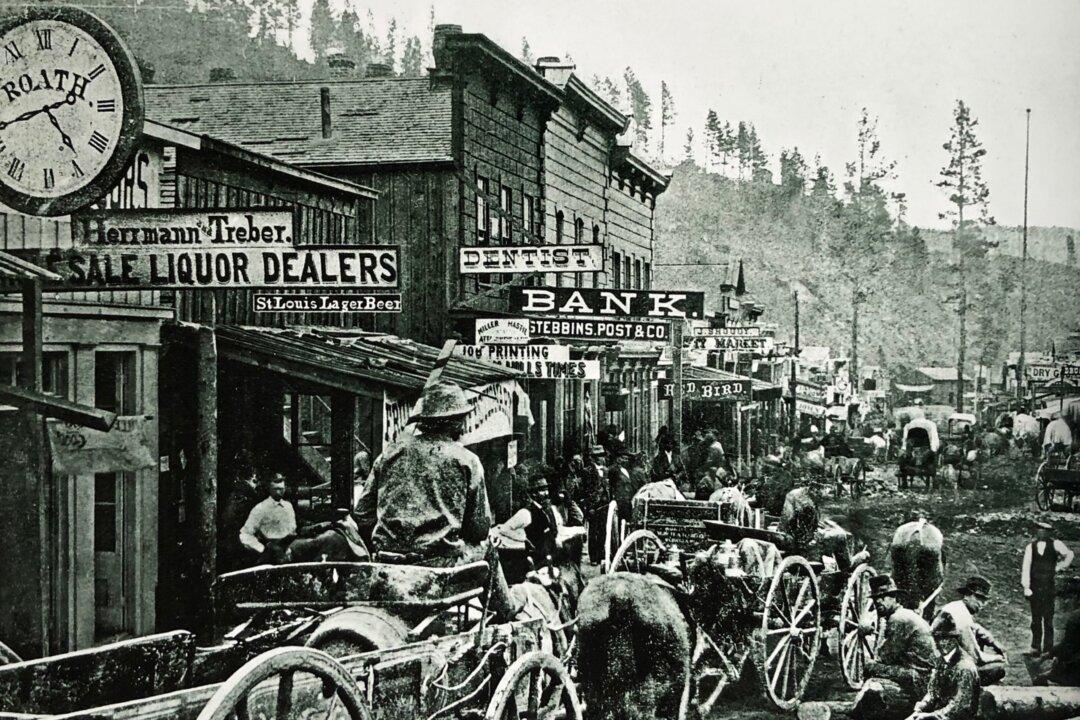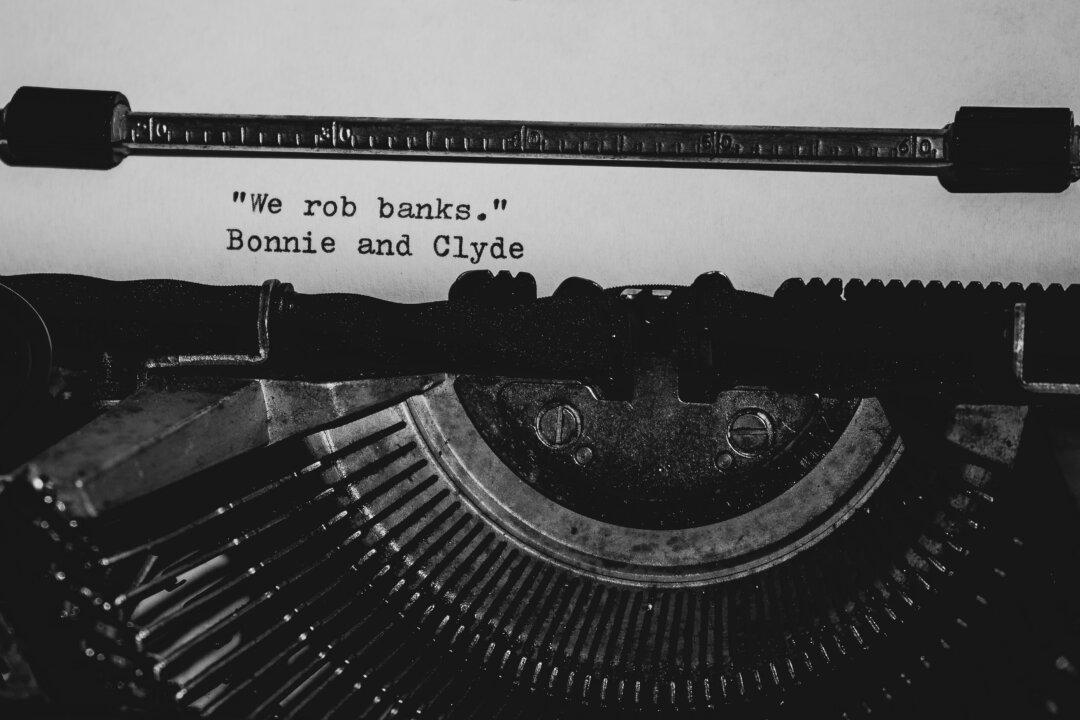Charles Goodnight lived for eighty-three years, from 1836 until 1929, and in that time was a settler, a scout, a Texas Ranger, a cattleman, an entrepreneur, a town father, and even an early booster of the fledgling film industry in Hollywood, California. However, it would be the blazing of the Goodnight-Loving Trail in 1866 and the events which followed it that ultimately earned Goodnight a place in the saga of the 19th-century American West. Put simply, Goodnight embodied the best qualities and values that contributed to the building of the United States as a nation: bravery, ambition, and devotion to one’s friends.
Defending Settlers
Born in Illinois on March 6, 1836, Goodnight migrated to Texas in 1845 with his family at age 9. Goodnight came of age on the Texas frontier, discovering a love for the outdoors and trail craft which would aid him in his varying professional careers. In the 1850s, the Comanche Nation was in the process of defending their ancestral lands from Euro-Americans, and Goodnight aided his fellow Texans in the defense of their lives and property from Comanche raiders.During the Civil War, Goodnight chose not to fight for either the Union or the Confederacy, and instead remained in Texas, defending settlements and homesteads from Comanche raids. But many Lone Star landowners traveled east to fight for one side or another, and the Comanches burned these undefended farms and ranches. Many settler families fled Texas entirely, allowing their longhorn cattle to roam wild in the backcountry.




